THE COAL MINE AT BALMAIN
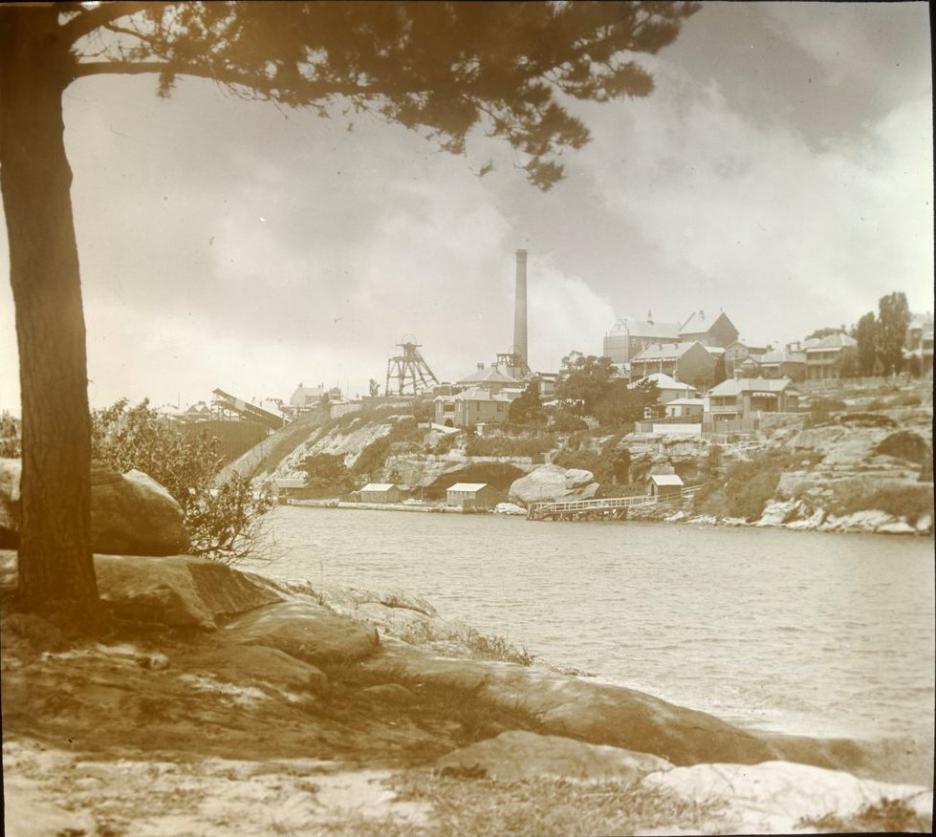
THE COAL MINE AT BALMAIN
By George Repin
When he arrived in Sydney in October 1925 Ivan Repin could not work as a mining engineer because his professional qualifications were not recognised in Australia. It would be a further 5 years before he opened his first café in 1930 starting a successful chain of coffee shops which in the nineteen thirties were popular and a feature of the Central Business District of the city.
In the meantime, however, he had to find work. Through Daniloff, a miner who had worked for him in the coal mines of the Don Basin in Russia, Repin was employed in the colliery at Balmain. Few people in Sydney know of this mine which started operations in 1897 and was the deepest ever worked in Australia. It ran under the harbour from a site to the north of the Birchgrove Primary School.
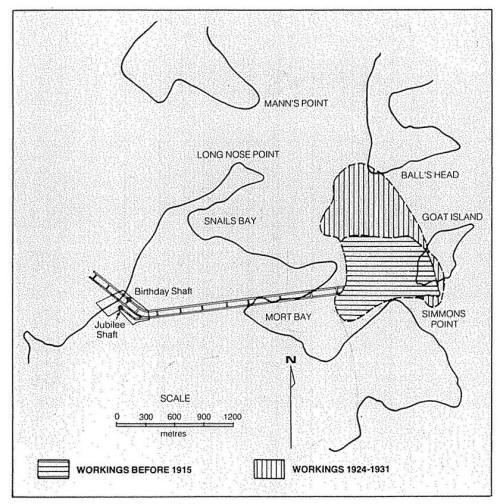
Location and extent of the Balmain Coal Mine
Ivan Repin lasted in the job for three months – his services “being dispensed with owing to the partial closing down of the Mine”. This probably was not a bad thing for him in the long run as working conditions in the mine were poor and it suffered several disastrous accidents.
The Balmain mine was never a commercial success. Apart from the cost of the site, bought in 1895 for $15,000, considerable expense was incurred in sinking two shafts each 18 feet in diameter and fully lined, using over four million bricks. Other heavy expenses were the cost of surface machinery and buildings and the reclamation of a 580 foot wharf which provided 26 feet of water at low tide.
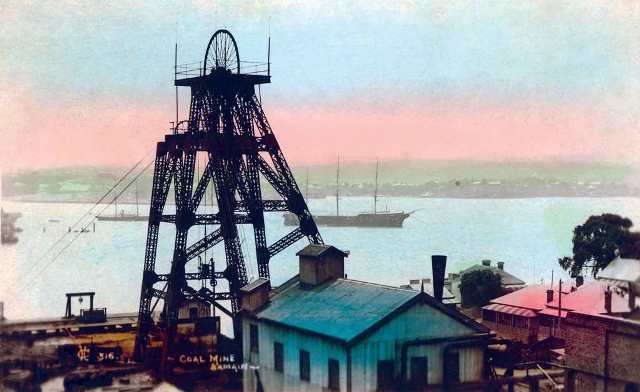
Balmain Colliery Pithead c. 1907
After five years of “sinking”, coal was eventually struck at 2880 feet but was split into several seams, the largest being only 2 feet 4 inches. Further out under the harbour the seam improved to an average of 4 feet 6 inches but the company never managed to produce enough coal to get a cash flow sufficient to offset the huge capital costs. It ran out of cash and work stopped in 1915. The mine was reopened in 1924 but after continuing industrial and financial troubles the operating company was liquidated in 1931 and coal mining at Balmain ceased.
Throughout its operations working conditions in the mine were poor. It was hot, dusty and gassy. Because of the depth of the mine and poor ventilation the temperature, at over 90 degrees F., was too high for dust to be settled by water sprays as the humidity would have been unbearable.
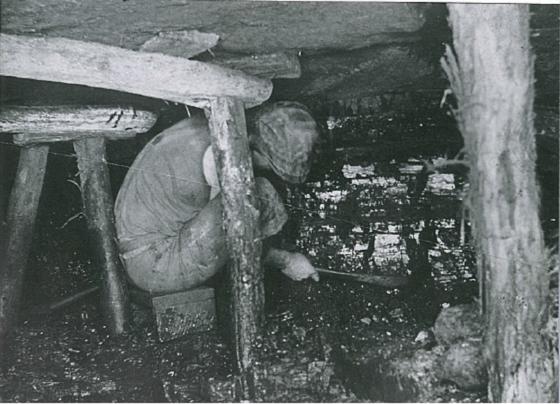
Miner underground working a 30 inch coal seam in very wet conditions
In a letter to the “Labour Daily” in 1924 a miner described conditions working in the mine, including a graphic description of walking from the shaft bottom to the coal face. “We start in single file – a stream of men about 70 in number. The dust begins to rise from under our feet and we are in a cloud due to horse refuse and stone dust” …..”After the best part of an hour’s walk under beautiful Sydney Harbour we reach, in a half-dazed state, the coal face”. The whole letter is reproduced in the publication cited at the end of this article.
The property was sold in 1955. Each shaft was filled with fly ash from the White Bay Power Station and concrete seals were placed on the shaft heads by 1957.
The description of the Balmain mine in this article is based substantially on the following publication:
PRIMEFACT 556 dated February 2007 issued by the NSW Department of Primary Industry
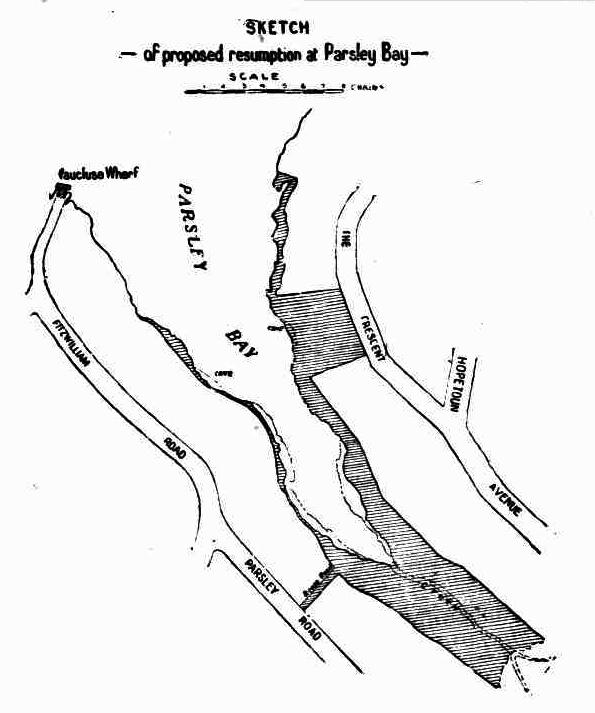
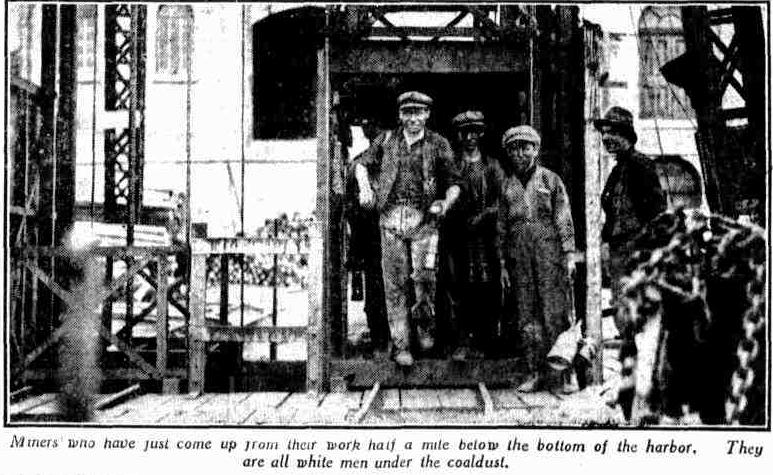
Previous Reflections by George Repin
The Nineteen Thirties Remembering Rowe Street The Sydney Push Saturday Night at the Movies Shooting Through Like A Bondi Tram A Stop On The Road To Canberra City Department Stores - Gone and Mostly Forgotten An Australian Icon - thanks to Billy Hughes Crossing The Pacific in the 1930s Hill End The Paragon at Katoomba Seafood In Sydney How Far From Sydney? Cockatoo Island Over The Years The Seagull at the Melbourne Festival in 1991 Busby's Bore The Trocadero In Sydney Cahill's restaurants Medical Pioneers in Australian Wine Making Pedal Power and the Royal Flying Doctor Service Pambula and the Charles Darwin Connection Gloucester and the Barrington Tops A Millenium Apart Have You Stopped to Look? Gulgong Il Porcellino Olympia Durham Hall Sargent's Tea Rooms Pie Shops and Street Photographers The Ballet Russes and Their Friends in Australia Hotels at Bondi Alma Ata Conference - 1978 Keukenhof - 1954 The Lands Department Building and Yellowblock Sandstone The Goroka Show - 1958 A Gem On The Quay Staffa The Matson Line and Keepsake Menus Kokeshi Dolls The Coal Mine At Balmain The Hyde Park Barracks The Changing Faces Of Sydney From Pounds and Pence to Dollars and Cents Nell Tritton and Alexander Kerensky Making A Difference In Ethiopia William Balmain J C Bendrodt and Princes Restaurant Azzalin Orlando Romano and Romano's Restaurant Waldheim Alcohol in Restaurants Before 1955 King Island Kelp The Mercury Theatre Around Angkor - 1963 Angkor Wat 1963 Costumes From the Ballets Russe Clifton at Kirribilli Chairman Mao's Personal Physician The Toby Tavern The MoKa at Kings Cross The Oceaographic Museum in Monaco The Island of Elba Russian Fairy Tale Plates Meteora Souda Bay War Cemetery Barrow, Alaska Cloisonné Tripitaka Koreana Minshuku The Third Man Photographs and Memories Not A Chagall! Did You Listen? Did You Ask? Napier (Ahuriri, Maori) New Zealand Borobudur Ggantija Temples Plumes and Pearlshells Murano University of Padua Ancient Puebloe Peoples - The Anasazi Pula The Gondolas of Venice Cinque Terre Visiting the Iban David The Living Desert Bryce Canyon National Park Aphrodisias The Divine Comedy Caodaism Sapa and local Hill People A Few Children Cappadocia Symi Jean-Marie Tjibaou Cultural Centre Aboriginal Rock Art on Bigge Island ANZAC Cove (Ari Burnu) 25 April, 1997 Hotere Garden Oputae Children of the Trobriand Islands Page Park Market - Rabaul Rabual Kotor, Montenegro Galleries of Photographs I Lascaux Galleries of Photographs II The Cathedral of St. James – Šibenik, Croatia Ivan Meštrović - Sculptor Delphi Gallery of Photographs III The Handicrafts of Chiang Mai Raft Point San Simeon - "Hearst Castle" Floriade - The Netherlands - 1982 Russian New Year Mycenae "Flightseeing" Out Of Anchorage Alaska The White Pass and Yukon Route Totem Poles Tivkin Cemetery Krka National Park - Croatia Tavistock Square and the BMA Orthodox Easter Wieliczka Salt Mine A Walk on Santorini Indonesian Snapshots Ephesus - The Library of Celsus Ephesus - Some Places Of Interest Waimea Canyon and the Kalalau Valley United Nations Headquarters 1958 A Miscellany of Flower Images Gardens Bath St. David's In Wales Zion National Park Nicholas Himona - Artist Kraków Lilianfels Collonges-La-Rouge Gingerbread Houses Cape Sounion Delos Wroclaw Colonial Williamsburg Gruyères Strasbourg Coventry Cathedral The Roman Theatre at Aspendos Turkish Carpets